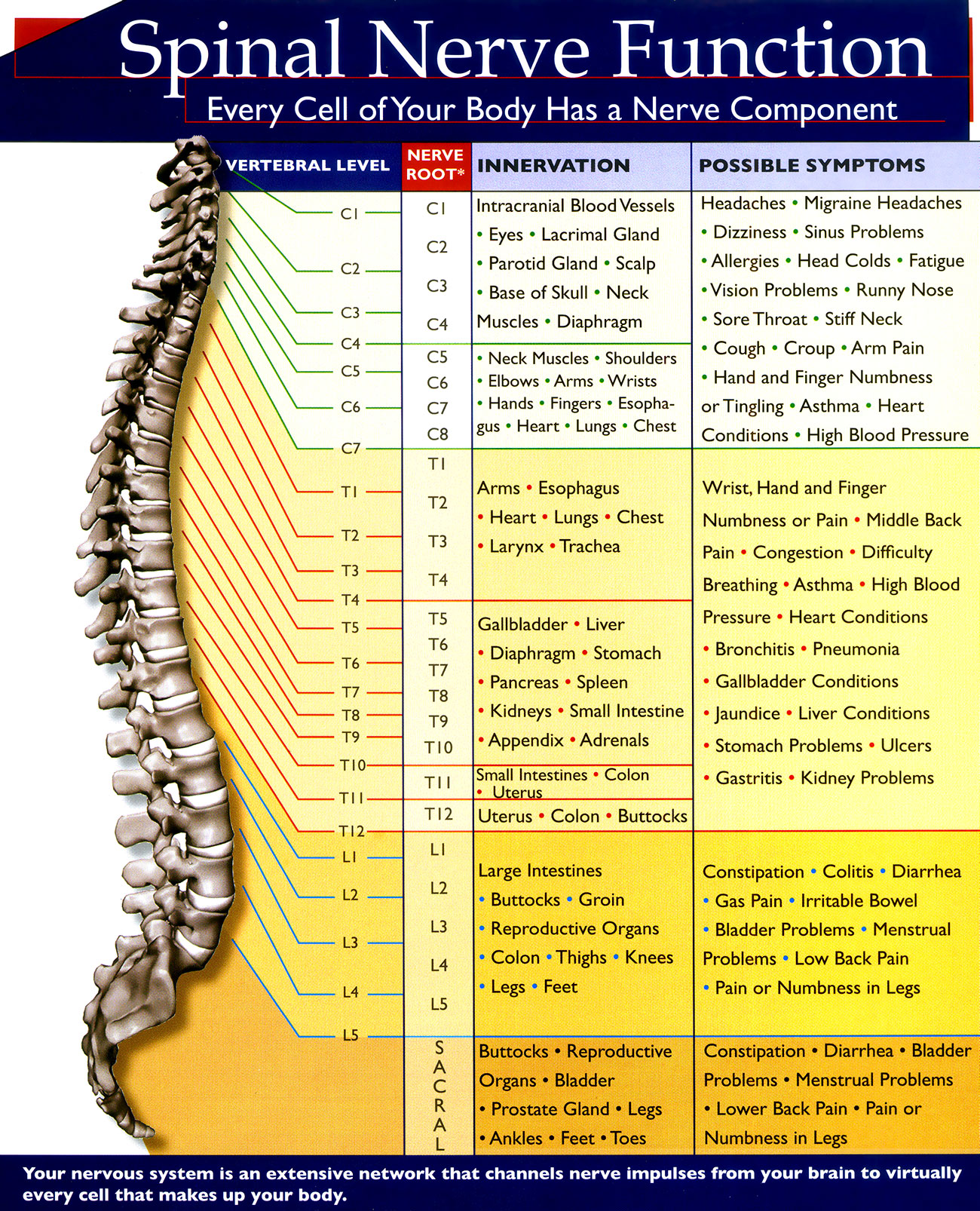Diversified Technique
Chiropractic Techniques
Diversified Technique is the classic chiropractic technique, developed by D.D. Palmer, DC. and taught in all chiropractic colleges. Diversified Technique was refined and developed by the late Otto Reinert, DC, to address biomechanical failure in each section of the spine, as it relates to specific subluxation. The focus is on restoration to normal biomechanical function, and correction of subluxation. In addition, Diversified methods have been developed to adjust extremity joints, allowing for beneficial applications in treating sports injuries and other injuries. Diversified adjusting of the spine uses specific lines of drives for all manual thrusts, allowing for specificity in correcting mechanical distortions of the spine. X-rays and case histories are used in analysis and diagnosis. No instruments are used in the adjusting procedure. Motion palpitation and full spine, hands-on techniques are used to deliver a deeper thrust, which makes an osseous (popping) sound as the adjustment is given. Click on the subluxation chart at the right to see a larger image.






